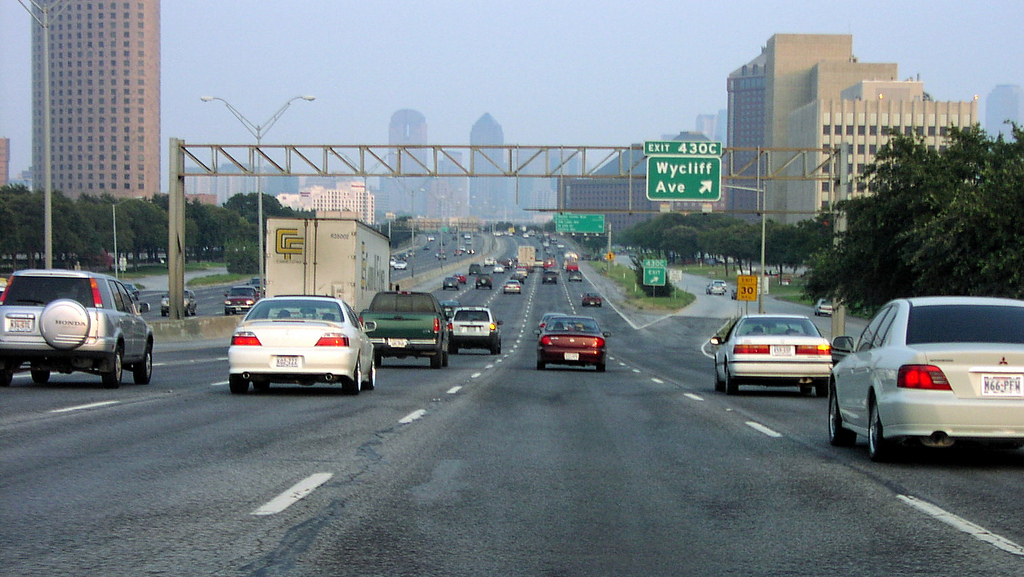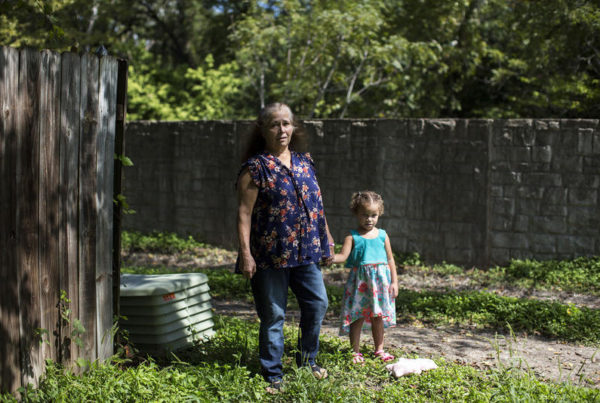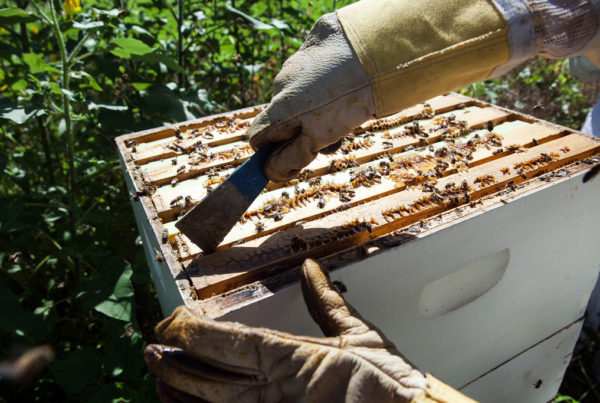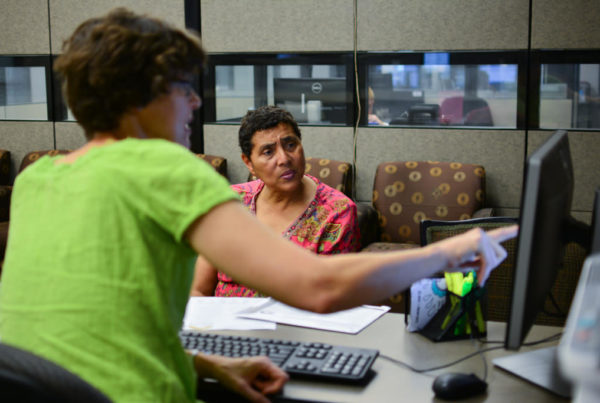Students in Dallas schools have consistently high rates of asthma. In Dallas ISD, some 9.5 percent of students have the condition. That compares to an average of 8.3 percent nationwide.
It’s not just a health issue – it’s also taking a toll on education. Respiratory issues are a leading cause of absenteeism among students in Dallas ISD. But now, scientists are launching a study to try to reduce the impact of asthma among school-aged children in the region. Breathe Easy Dallas will examine DISD to determine which students are most affected, and how to help them.
Kathy Jack, Dallas conservation associate for the Nature Conservancy, is leading the project along with the City of Dallas.
“What we do know here in Dallas is that we’ve had a persistent problem with poor air quality and pediatric asthma for many years,” Jack says. “In fact, our region has never met federal regulations for ozone. And we have sufficient evidence that links ozone and other pollutants, like particulate matter, with childhood asthma and asthma at large.”
In north Texas, traffic emissions are the leading cause of pediatric asthma. However, there is no localized data that connects the air quality on a local level with daily exacerbations of asthma among school children.
“We know from our practitioners here in Dallas that are operating in the schools that kids in our lower income families and neighborhoods will miss school for longer periods of time with more severe impacts for their education and health outcomes,” Jack says.
Several studies from the Centers for Disease Control have found that in the United States black children are twice as likely as white children to have asthma and with greater severity.
“We’ve mapped out geographically where the highest rates of asthma are,” Jack says. “More than 50 percent of our schools have percentages of asthmatic students that are higher than the national average. What stands out is that the ranges are from 2.1 percent up to 28.8 percent.”
Eighteen of DISD’s 228 schools have asthma rates greater than 17 percent, Sixteen of those 18 schools are below interstate 30, the sharp north-south divide in Dallas.
“If you look at the associated poverty rates, these are really high poverty schools,” Jack says. “We know this is an issue of equity.”
Jack says the Nature Conservancy is looking at applied science to make practical assumptions to guide health based intervention at schools. The North Central Texas Council of Governments has funded anti-idling measures at the schools.
“If you can reduce the number of busses and the number of parent cars that are idling at drop off and pick up, can that improve the air quality and reduce asthma exacerbations?” Jack says. “We know practically speaking that these interventions should make a difference, but there’s really not sufficient science to show by how much. That’s the goal of this project, to track the direct impact of these different interventions and to be able to understand the factors that are connected to their success.”
















